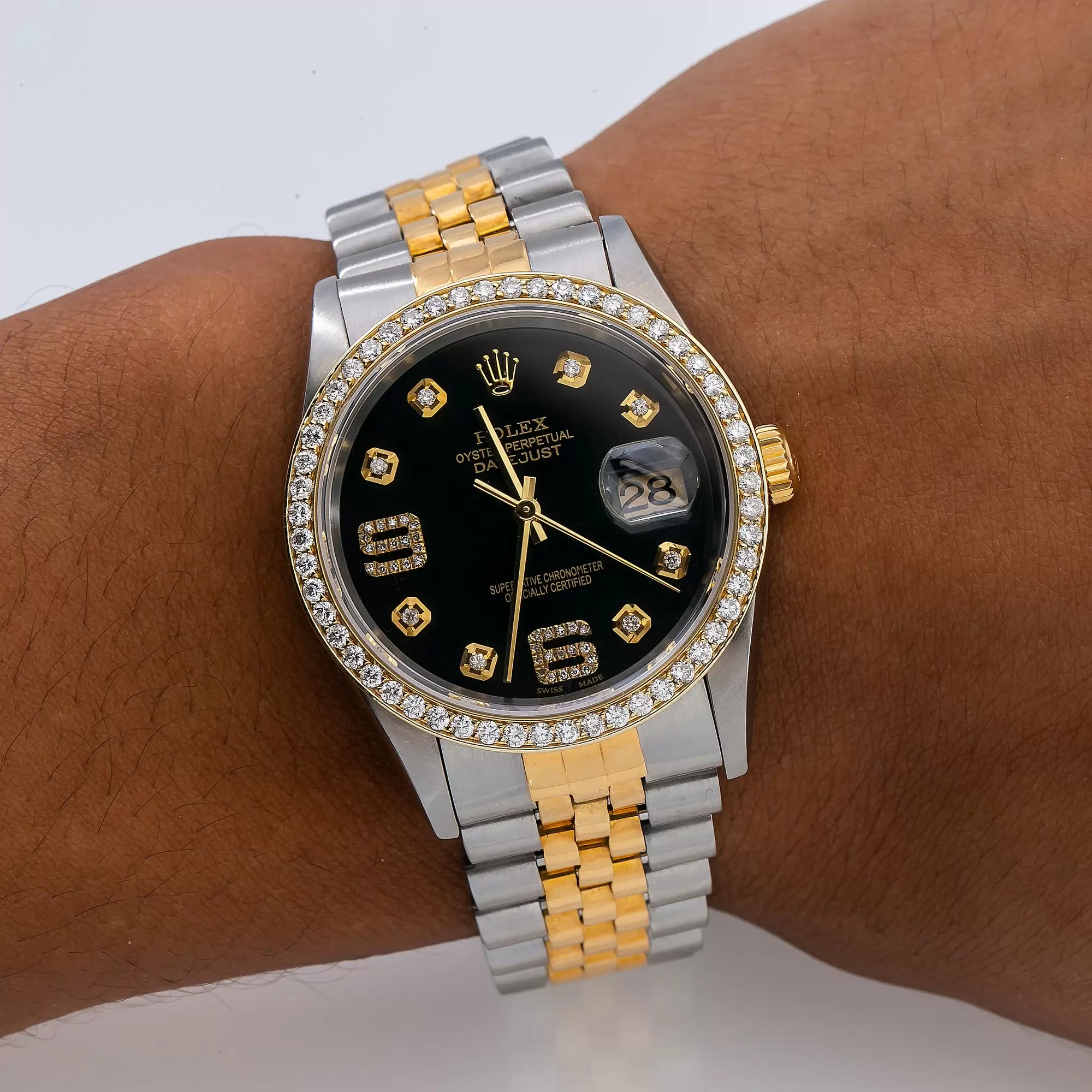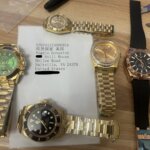For many enthusiasts and potential buyers, a crucial inquiry persists: just how accurate are Rolexes? In this discourse, we delve into Rolex’s unwavering commitment to precision, dissecting the factors underpinning the accuracy of their watches and scrutinizing their performance against industry benchmarks and key competitors.
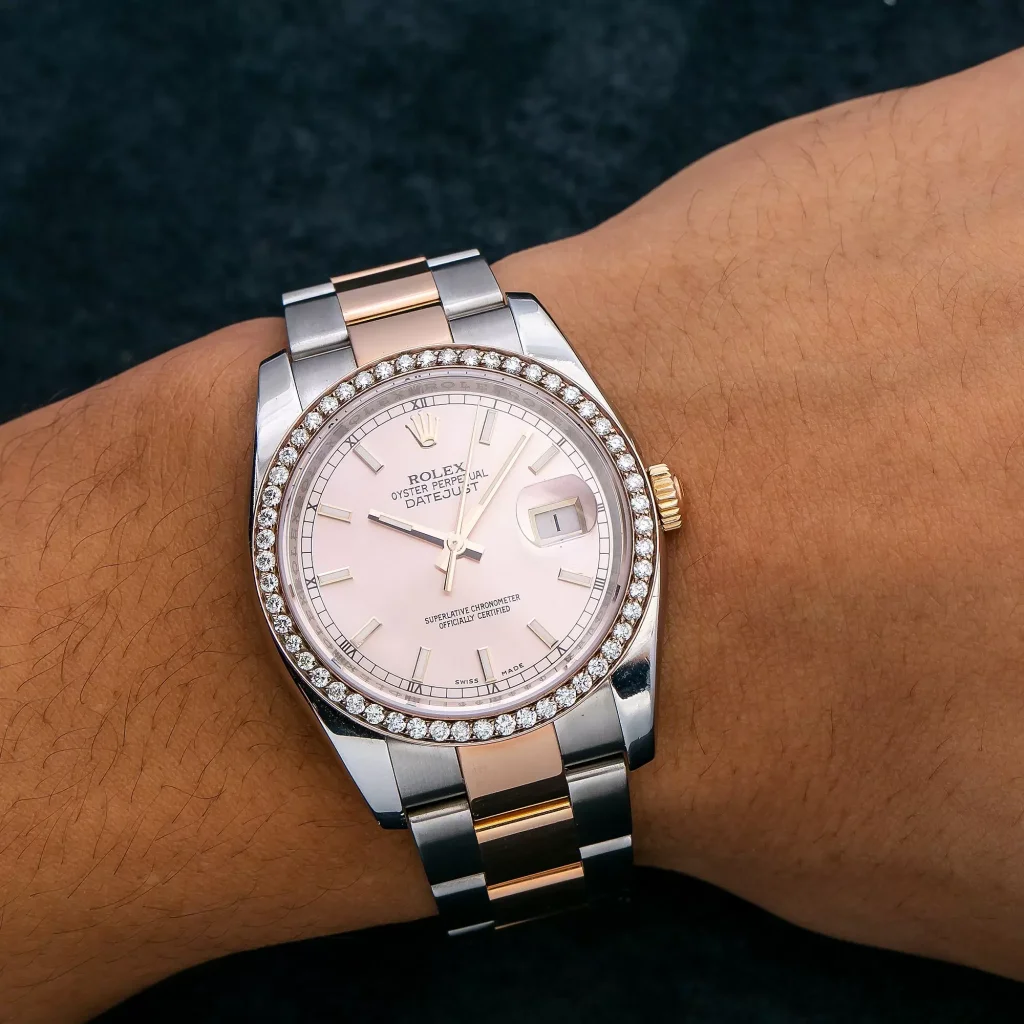
Embarking on a deep dive into Rolex’s stringent testing protocols, innovative technologies, and real-world efficacy, our aim is to furnish a comprehensive understanding of what renders a fake Rolex watch so exquisitely accurate. Whether you’re a seasoned collector or a neophyte horologist, this exposition will furnish you with the requisite knowledge to fathom the genuine value inherent in a Rolex watch. By the culmination of our exploration, you will possess a lucid comprehension of the accuracy inherent in Rolex watches.
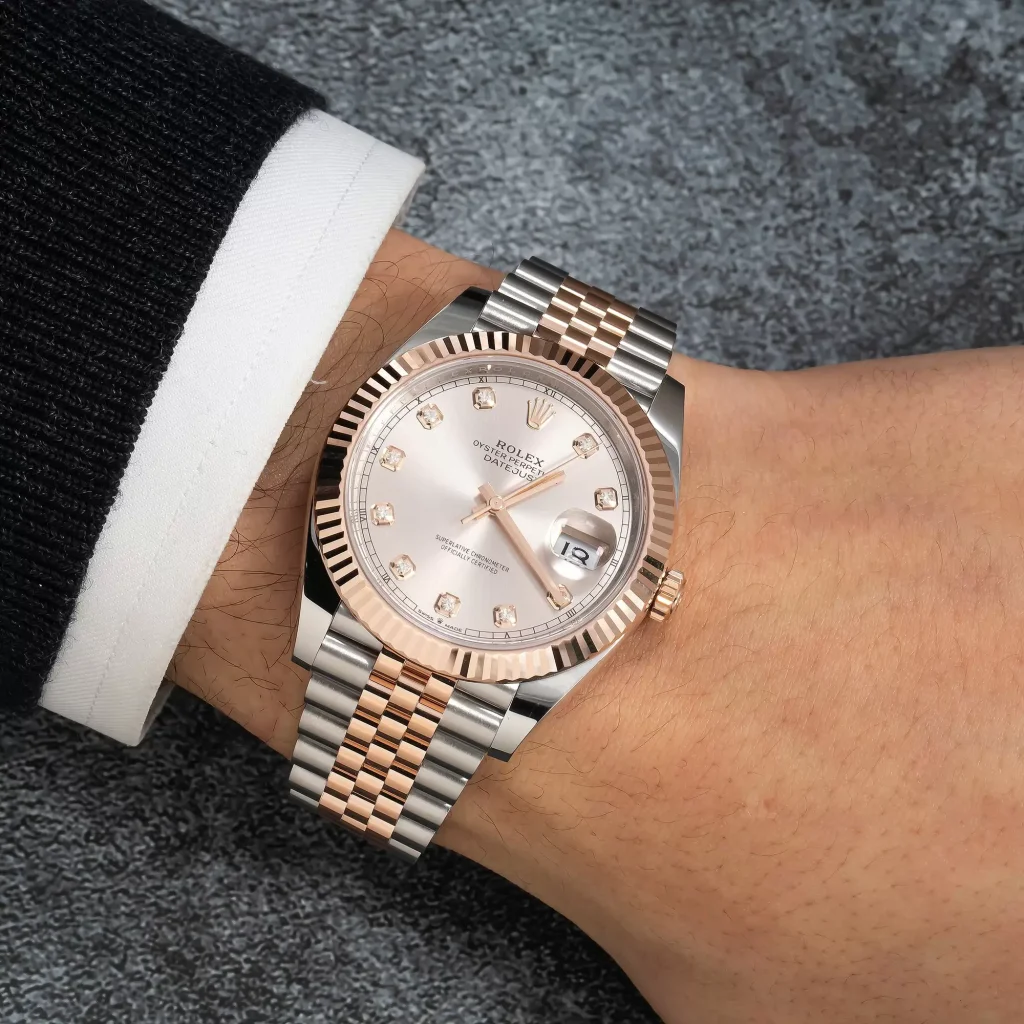
Rolex’s Precision Prowess
Rolex, a paragon of accuracy, manifests its dedication in every facet of its watchmaking endeavors, from the inception and refinement of movements to the meticulous testing and quality assurance protocols it rigorously adheres to.
Central to Rolex’s accuracy is its proprietary approach to movement development and manufacturing. By preserving the entire production continuum in-house, Rolex maintains meticulous oversight over the quality and precision of its watches. Nestled within its state-of-the-art facilities in Switzerland, Rolex’s adept artisans collaborate harmoniously to fabricate movements that epitomize not only reliability but also unparalleled precision. This unwavering commitment to in-house production and the utilization of premium materials comprise the bedrock upon which Rolex’s reputation is anchored, albeit a factor contributing to the premium price tags adorning Rolex watches.
The pursuit of precision impels Rolex to innovate continually in watchmaking technology. The brand has been at the vanguard of material experimentation, introducing innovations such as the paramagnetic Parachrom hairspring, which confers enhanced resistance to shocks and temperature fluctuations. Furthermore, Rolex has pioneered bespoke lubricants to mitigate friction and ensure optimal movement performance.
To certify the accuracy of its replica watches, Rolex subjects each watch to a battery of rigorous tests and quality assessments. Every movement undergoes meticulous scrutiny, including precision tests across six distinct positions and at three varying temperatures. Only those watches that satisfy Rolex’s exacting standards are deemed worthy of bearing the iconic crown emblem.
Through its unyielding commitment to precision and its substantial investments in avant-garde technology and artisanal craftsmanship, Rolex has ascended to the zenith of accurate timekeeping. This unwavering commitment constitutes the cornerstone upon which Rolex has erected its eminence and serves as the rationale behind its covetous allure among aficionados and collectors alike. In the quest to unravel the accuracy of Rolexes, it becomes unequivocally clear that Rolex’s dedication to precision remains unparalleled.
Factors Influencing Rolex Accuracy
While Rolex meticulously endeavors to ensure the precision of its watches, several variables may impinge upon the accuracy of any watch. Comprehending these factors assumes paramount significance for proprietors seeking to safeguard the accuracy of their watches over time.
The choice of movement constitutes a pivotal factor affecting accuracy. Rolex predominantly employs mechanical movements, revered for their craftsmanship and aesthetic appeal, albeit more susceptible to external influences when juxtaposed with quartz movements, which rely on batteries and electronic oscillators to regulate timekeeping.
Environmental exigencies, such as temperature fluctuations, magnetism, and mechanical shocks, can exert a pronounced influence on a Rolex’s accuracy. Extreme temperatures may induce expansion or contraction of metallic components within the movement, thereby impacting overall precision. Similarly, exposure to potent magnetic fields can perturb the delicate equilibrium of the movement, engendering inaccuracies. Mechanical shocks, whether from inadvertent drops or strenuous physical activities, may engender gradual accuracy depreciation over time.
Regular maintenance and servicing assume a pivotal role in preserving a Rolex’s accuracy. Analogous to any mechanical contrivance, the components within a watch movement are subject to wear and tear over time. Lubricants degrade, and components may become misaligned or damaged. By subjecting a Rolex to periodic servicing by a qualified horologist, proprietors can safeguard optimal performance and preserve accuracy.
While Rolex assiduously endeavors to mitigate the impact of external variables on its watches’ accuracy, proprietors play an equally indispensable role in upholding precision. By comprehending the factors predisposing to accuracy fluctuations and undertaking requisite remedial measures, Rolex owners can savor the full panoply of benefits associated with possessing a highly accurate luxury watch.
Rolex’s Superlative Chronometer Certification
Rolex’s fidelity to precision finds quintessential expression in its adherence to the Superlative Chronometer Certification, a standard eclipsing the industry-wide COSC certification. To merit the Superlative Chronometer appellation, a Rolex watch must evince an average daily precision of -2/+2 seconds, exceeding the -4/+6 seconds range stipulated by COSC. This certification stands as a testament to the accuracy inherent in Rolexes.
In addition to the COSC certification, replica Rolex watches to an array of internal assessments simulating real-world usage scenarios. These evaluations ascertain that each watch sustains exceptional accuracy not just in controlled laboratory environments but also in the quotidian vicissitudes of life.
The real-world performance of Rolex watches serves as a vindication of the brand’s fidelity to precision, with myriad owners attesting to accuracy levels well within the Superlative Chronometer parameters. By setting exacting benchmarks for accuracy and consistently attaining these standards, Rolex distinguishes itself as a paragon of precision timekeeping among best luxury watch brands.
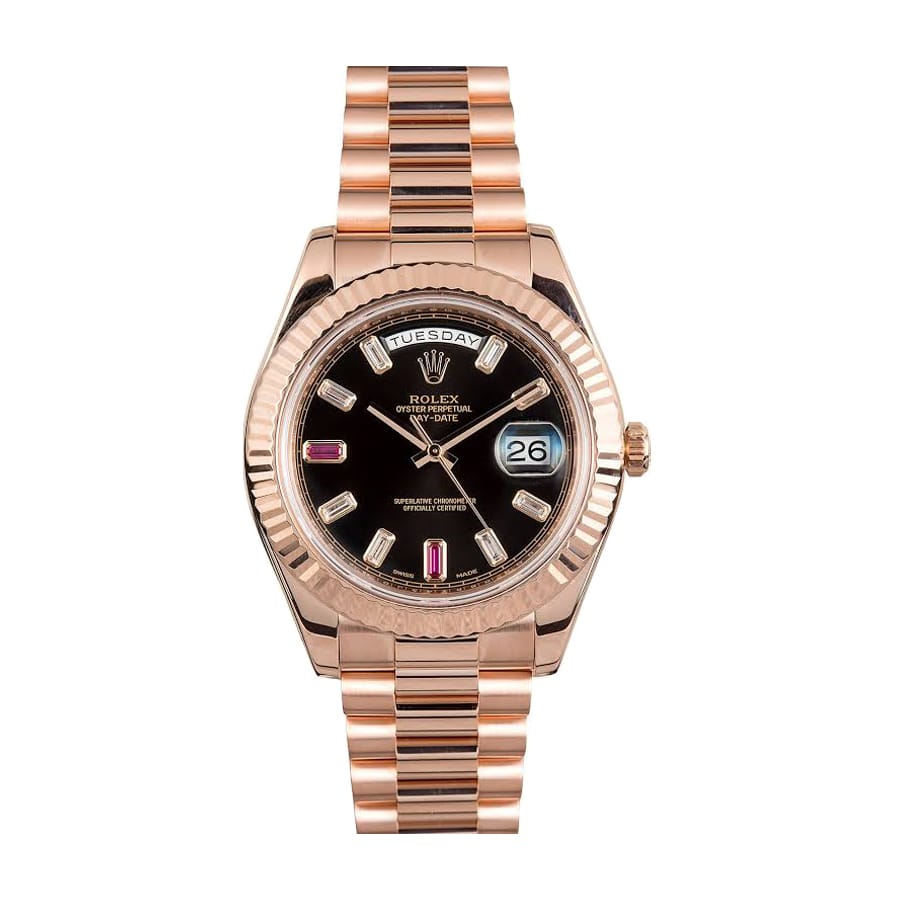
Comparative Analysis of Rolex Accuracy vis-à-vis Competitors
Rolex does not tread the path to precision in solitude, with other luxury marques such as Omega, Breitling, and Patek Philippe also espousing precision as a cardinal virtue in their horological pursuits.
Omega, a formidable contender to Rolex, adheres to COSC standards and has developed its proprietary Co-Axial escapement technology and Master Chronometer certification to ensure elevated levels of accuracy. Breitling’s SuperQuartz movements and COSC-certified mechanical movements underscore the brand’s allegiance to precision.
Patek Philippe, often hailed as the apogee of luxury horology, maintains exemplary accuracy through rigorous internal testing protocols and its own Patek Philippe Seal, guaranteeing a minimum accuracy of -3/+2 seconds per day.
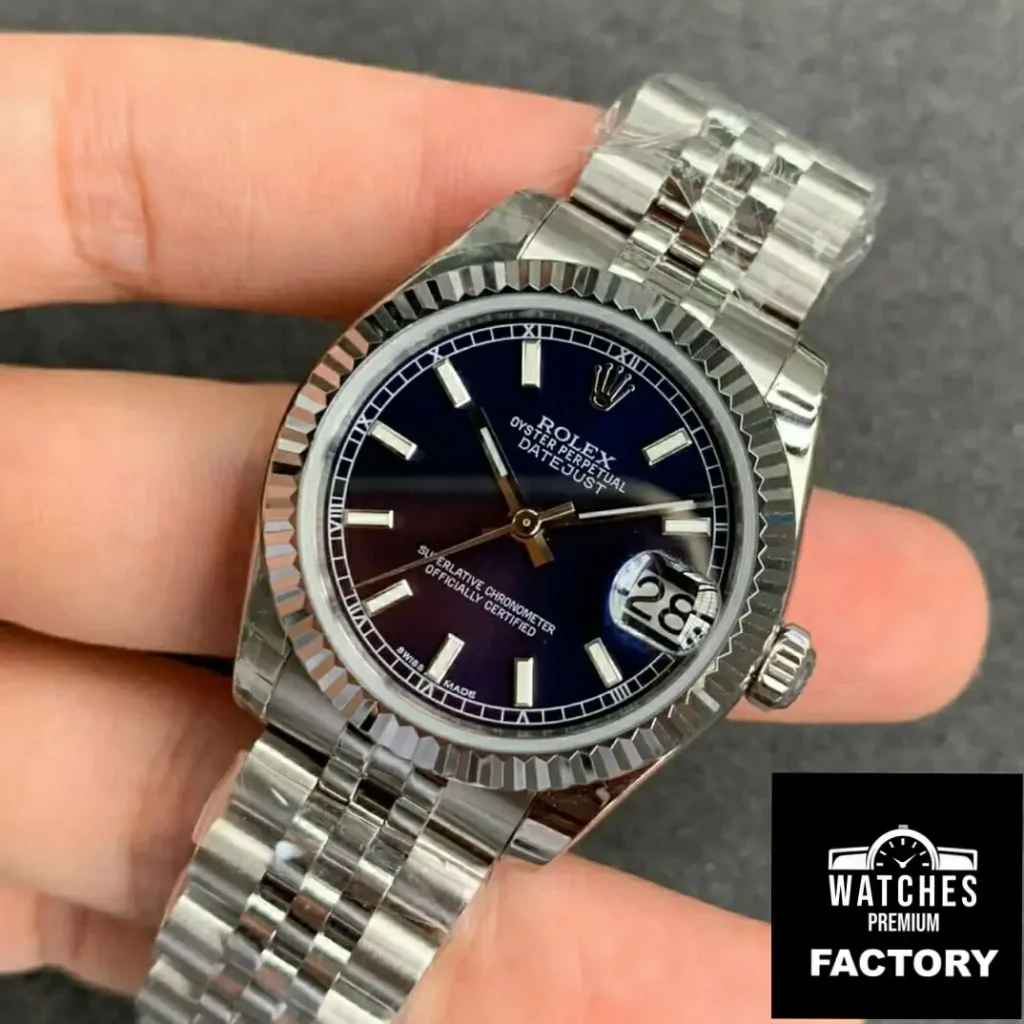
Notwithstanding the assiduousness with which these brands pursue accuracy, Rolex’s Superlative Chronometer Certification and steadfast real-world precision set it apart within the industry. By perpetually investing in cutting-edge technologies and upholding its legacy of precision, Rolex fortifies its standing as the vanguard of precision timekeeping among luxury watch brands. When juxtaposed with the accuracy of other brands, replica Rolex emerges as the epitome of precision.
To safeguard the exceptional accuracy of your Rolex, conscientious care and maintenance are indispensable. Regular servicing by a seasoned horologist every five to seven years assumes paramount importance in ensuring the seamless operation and precision of your watch. Though servicing costs may vary contingent upon the model and extent of requisite interventions, investing in professional maintenance is imperative to preserving accuracy and longevity. During servicing, the movement undergoes disassembly, cleaning, lubrication, and replacement of worn or damaged components.
